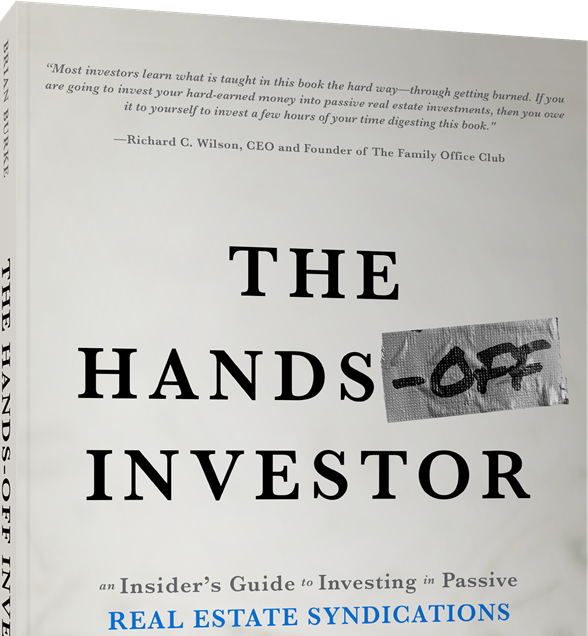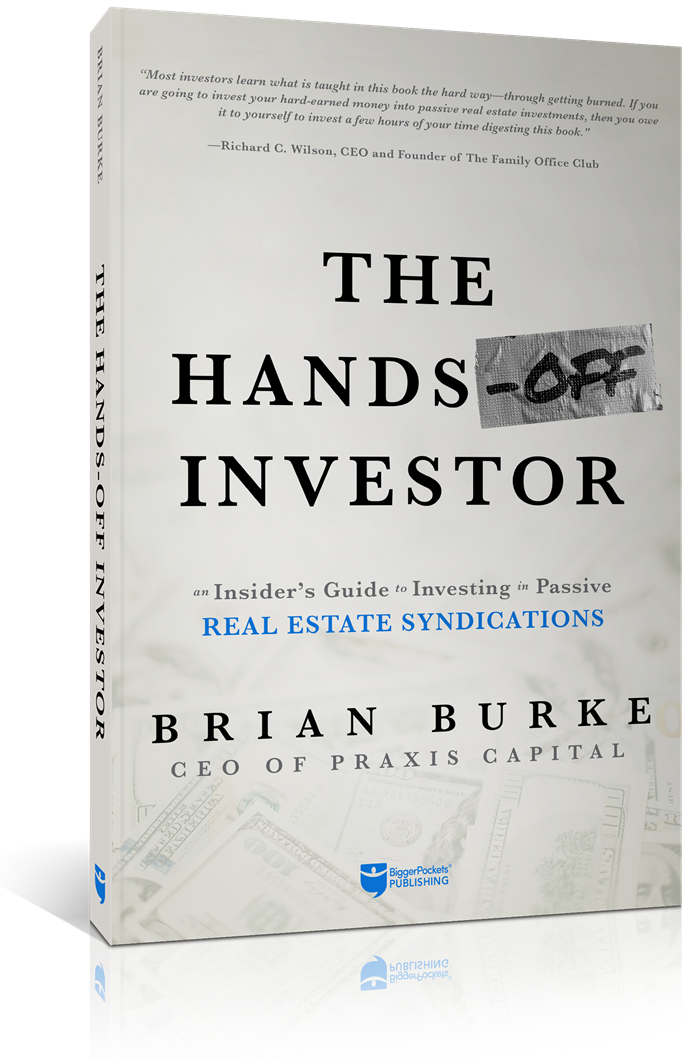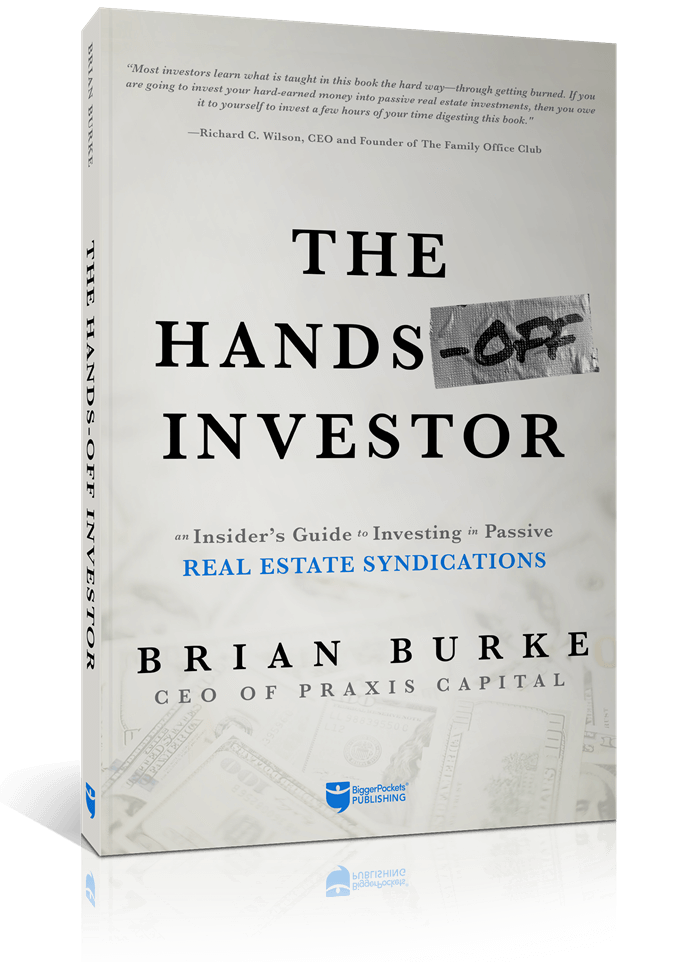Investment Strategy: What Is Dollar Cost Averaging?

Are you using dollar cost averaging as a part of your investment strategy?
Is this one of the best investment strategies for individual investors and smaller funds to use now? How does it work? What hybrid methods are there? Why is it used by sophisticated investors?
Investing Through Uncertainty
Hopefully by now, most investors have become comfortable with investing through uncertain times. It has been the theme of the past few years. It’s the one thing we can be sure we’ll be dealing with through 2021.
There are many variables and wildcards that could be played over the next 100 days to 12 months.
Many savvy investors and wealthy individuals have been allocating more of their net worth to real estate. Yet, even in the most stable sectors, some are unsure of exactly what performance they should expect in the short to medium term.
You have to invest. Sitting on the sidelines with idle capital will certainly lead to losing money. So, how do you move forward with the best risk-reward balance?
DCA: What Is It?
Dollar cost averaging was coined by Warren Buffett’s mentor in The Intelligent Investor.
Even legendary investors like these have openly admitted that even they cannot perfectly time the markets. The average amateur investor misses timing the market, buys at the top of the market, and sells at the bottom. In other words, they take the biggest losses, and miss out on the best gains.
Dollar cost averaging avoids this by committing to consistently investing at regular intervals, without concern of where market prices may be or are predicted to go. It is financial discipline.
From a pure appreciation and organic wealth growth perspective, looking at this graph for US housing prices from the Federal Reserve Bank of St. Louis shows the logic in this.
Even accounting for the 2008 Great Recession, this asset class has continued almost straight line growth as far back as prices have been tracked.
That isn’t even including the income yields and tax benefit advantages, or avoiding the transaction costs of hopping in and out of the market.
Staying consistent seems to be the better way to beat the market than trying to time the market.
Even for the doubters who say they prefer to invest larger lump sums, rather than smaller amounts more regularly, there are hybrid approaches you can use to apply DCA.
How To Make It Work For You
However often you get paid, designate a percentage or fixed dollar amount you will dedicate to investing. That may be weekly, monthly or quarterly. If these amounts are too small to make a reasonable investment, you can roll them up to make lump sum investments several times per year.
You may make lump sum investments with end of year bonuses and at tax refund time. If you are only able to consistently save $1,250 per week throughout the year outside of these lump sums, then have those automatically moved to a dedicated account. Then every eight weeks, once that pot hits $10,000 or the minimum to get into more attractive investments, roll it over. You can even do this through a self-directed IRA or 401k.
Set goals, make a commitment, automate and invest.



























